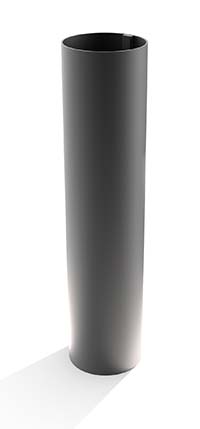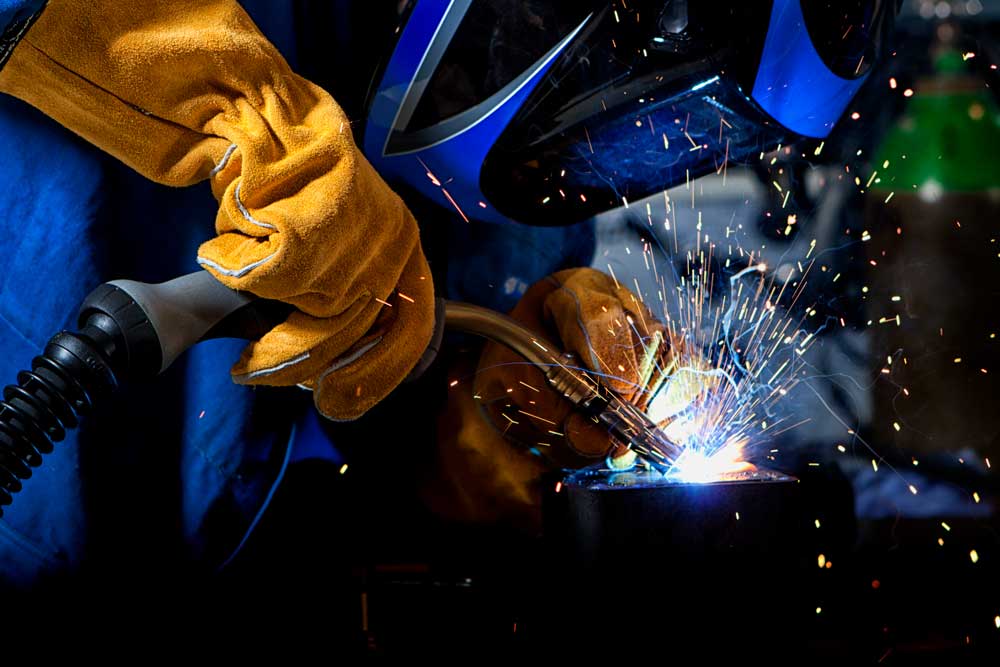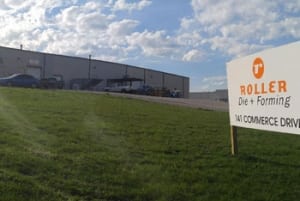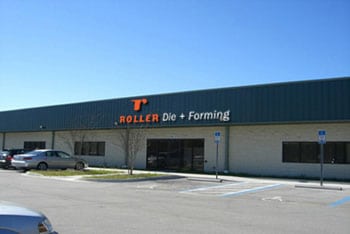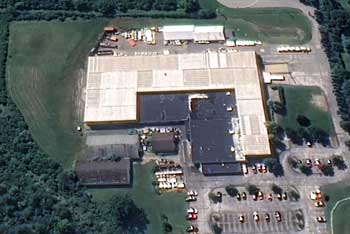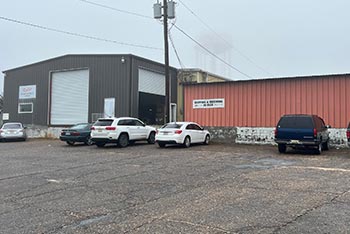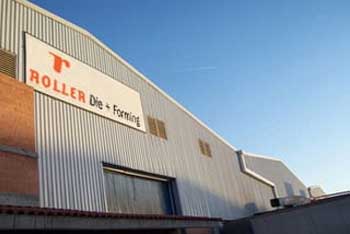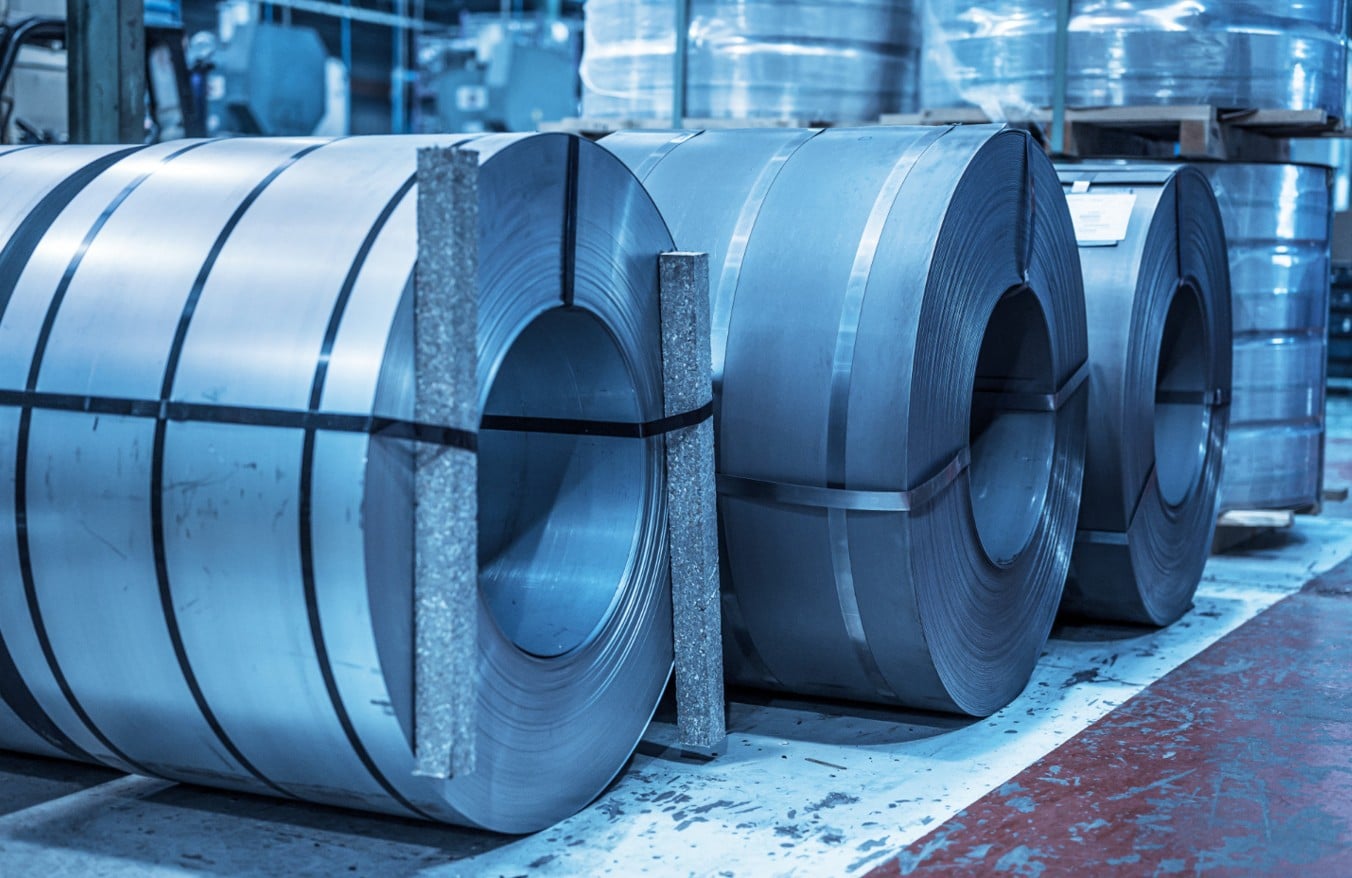Roll forming is a process that transforms metal into specific shapes using a series of rollers. This method creates products that are precise and consistent, making it vital for many industries. Manufacturers are increasingly turning to roll forming due to the numerous advantages it offers over other metalworking techniques.
One key reason manufacturers favor roll forming is its efficiency. The continuous process runs smoothly, producing high volumes of parts in less time. This helps meet production demands quickly, keeping projects on schedule. Furthermore, the accuracy of the roll forming process reduces the need for secondary operations, saving time and resources.
Another significant benefit is the ability to customize products. Roll forming can produce complex shapes tailored to specific needs, giving manufacturers the flexibility to design unique solutions. This versatility, combined with material savings and cost-effectiveness, makes roll forming a smart choice for a wide range of applications. As we explore the various aspects of roll forming, you’ll see why it’s an excellent option for enhancing manufacturing success.
The Basics of Roll Forming and Its Importance to Manufacturing
Roll forming is a continuous bending operation in which a long strip of metal, typically coiled steel, is passed through sets of rolls that progressively shape it into the desired profile. Unlike other metal forming techniques, roll forming can produce cross-sections with complex shapes and tight tolerances consistently.
This process is important to manufacturing because it ensures high precision and uniformity. Each roll in the series bends the metal only slightly, preventing stress and fractures. This allows for the creation of strong, high-quality parts that need little to no finishing operations.
Roll forming supports the production of long parts that are difficult to produce using other methods. It’s ideal for making items like metal roofing panels, automotive components, and structural beams. The efficiency and consistency of roll forming make it indispensable in sectors requiring large volumes of precisely shaped metal parts.
Key Advantages of Roll Forming for Industrial Applications
Roll forming offers several advantages for industrial applications. One significant benefit is its efficiency. The continuous process ensures a steady production flow, enhancing output rates and reducing manufacturing time.
Another advantage is material utilization. Roll forming generates less waste compared to other metalworking techniques. The metal strip is precisely formed, maximizing the use of material and minimizing offcuts. This makes roll forming a cost-effective option for industries looking to optimize resource usage.
Roll forming allows for intricate designs. The method can produce complex profiles with tight tolerances, which other forming techniques may find challenging. This ability to create detailed and precise parts makes roll forming highly versatile and valuable across various sectors, from construction to automotive and beyond.
Comparing Roll Forming to Other Metalworking Techniques
Roll forming stands out when compared to other metalworking techniques like stamping or extrusion. Unlike stamping, which can involve multiple steps and high tooling costs, roll forming achieves the desired shape through a continuous process, reducing time and expense.
Extrusion involves forcing metal through a die to create a shape, which can be energy-intensive and limited to certain metals. Roll forming, however, is suitable for a variety of metals and provides consistent results with less energy consumption. This makes it a more flexible and cost-efficient option.
Additionally, roll forming produces less waste than stamping, where material around the edges is often discarded. The progressive shaping in roll forming uses most of the material, promoting sustainability. This comparison highlights roll forming as an economical and environmentally friendly choice for manufacturers.
How Roll Forming Enhances Production Efficiency
Roll forming enhances production efficiency in several ways. The continuous nature of the process reduces the cycle time. Once set up, it can run non-stop, producing large volumes of parts with minimal supervision. This continuous flow keeps the production line moving, meeting deadlines effectively.
The precision of roll forming ensures that each part produced meets exact specifications. This reduces the need for secondary operations like machining or finishing, which can be time-consuming and costly. By cutting down on these additional steps, roll forming streamlines the manufacturing process.
Automation further boosts efficiency in roll forming. Modern roll forming lines can be automated to handle various tasks, from feeding the material to the final cutting and stacking of the finished parts. This reduces labor costs and minimizes human error, ensuring consistent high-quality output.
Material Savings and Cost-Effectiveness in Roll Forming
Roll forming provides significant material savings. The process uses a continuous strip of metal, which reduces waste significantly. This efficient use of material results in lower production costs as less raw material is wasted.
The precision of roll forming means fewer defects and less need for rework. The initial setup can be more complex, but once running, it ensures each part is consistent. This limits the need for additional material for replacements, saving both time and money.
Furthermore, roll forming can often use thinner materials while maintaining strength. This reduces the amount of metal needed for each part. Using less metal lowers the material costs, making the entire process more economical for manufacturers seeking cost-effective solutions.
Innovative Technologies in Roll Forming
Recent advancements in technology have greatly improved roll forming. Automation has revolutionized the process, allowing for higher precision and faster production times. Automated roll forming lines can manage everything from material feeding to cutting and stacking, reducing the need for manual labor and minimizing errors.
Computer-aided design (CAD) systems now allow for complex and precise designs to be created and directly translated into the roll forming process. This integration streamlines production and reduces time spent on adjustments and modifications.
Sensor technology and real-time monitoring systems enhance quality control. These innovations ensure that any deviations from the desired specifications are caught early, maintaining high-quality standards throughout the production run. The result is a more efficient, precise, and reliable roll forming process that meets modern manufacturing demands.
Customization Capabilities of Roll Formed Products
Roll forming allows for a high degree of customization. It can produce parts with complex shapes and precise dimensions tailored to specific needs. This flexibility enables manufacturers to design unique solutions that meet various applications.
The ability to use different materials and finishes further enhances customization. Metals like steel, aluminum, and copper can be roll formed, and various coatings can be applied for added protection or aesthetic appeal. This variety allows for creating products that are both functional and visually appealing.
Roll forming also allows for multi-functional parts. By integrating features like holes, notches, or embossments during the forming process, manufacturers can reduce the need for additional machining. This streamlines production and delivers parts ready to use, meeting specific requirements efficiently.
Durability and Strength: Why Roll Formed Products Last Longer
Roll formed products are known for their durability and strength. The roll forming process involves gradual shaping, which reduces stress on the metal. This method preserves the metal’s integrity, resulting in parts that can withstand rigorous use and harsh conditions.
The uniformity achieved through roll forming ensures consistent strength across all parts. Each component is identical, eliminating weak points that could lead to failure. This consistency makes roll formed products reliable for critical applications.
Moreover, using high-quality metals and protective coatings further enhances durability. Roll formed parts can resist corrosion and wear, extending their lifespan even in demanding environments. This longevity makes roll formed products a smart investment for manufacturers looking for durable, high-performance components.
Applications of Roll Forming in Various Industries
Roll forming plays a crucial role in many industries due to its versatility. In construction, roll-formed components are used for making structural beams, roofing panels, and wall cladding. These parts are essential for creating strong and durable structures.
The automotive industry benefits greatly from roll forming as well. Vehicle manufacturers use roll-formed parts for frames, bumpers, and other components that require precision and strength. These parts contribute to vehicle safety and performance.
Roll forming is also vital in the manufacturing of appliances, such as washers, dryers, and refrigerators. The process helps produce parts that are both functional and aesthetically pleasing. The customization potential allows the appliance industry to meet specific design requirements effectively.
Integrating Roll Forming into Your Supply Chain
Integrating roll forming into your supply chain can streamline your production process. Start by evaluating your product designs to see where roll forming can be applied. Identify components that require high precision, consistency, and customization.
Next, collaborate with the roll forming team at Roller Die to develop efficient production plans. They can help you select the right materials and design the necessary tooling. This partnership ensures that the roll forming process aligns with your manufacturing goals.
Lastly, incorporate roll forming into your workflow with clear communication and scheduling. Align your supply chain activities with the roll forming production timeline to minimize delays. This integration will lead to smoother operations, cost savings, and higher-quality products.
Future Trends in Roll Forming for 2025 and Beyond
The future of roll forming is promising with several exciting trends on the horizon. Increasing automation will further enhance production rates and precision. Automated systems will handle more tasks, reducing the need for manual intervention and minimizing errors.
Sustainability is also becoming a driving force. The roll forming industry is focusing on using eco-friendly materials and processes. This shift towards greener practices helps reduce the environmental impact of manufacturing.
Advances in digital technology, including the use of artificial intelligence and machine learning, will enable smarter production lines. These technologies will optimize the roll forming process, predicting issues before they occur and ensuring consistent quality.
Leveraging Roll Forming for Enhanced Manufacturing Success
Roll forming offers numerous advantages for manufacturers, from material savings and cost-effectiveness to customization and durability. By integrating roll forming into your supply chain, you can streamline operations, reduce waste, and produce high-quality parts that meet precise specifications.
As technology continues to evolve, roll forming will become even more efficient and sustainable. Staying informed about trends and innovations will help you leverage these benefits to stay competitive. Embrace the capabilities of roll forming to enhance your manufacturing success.
Ready to see how roll forming can transform your production process? Contact Roller Die + Forming, a roll form company, today to learn more about our custom roll-formed products and how we can support your manufacturing needs.

